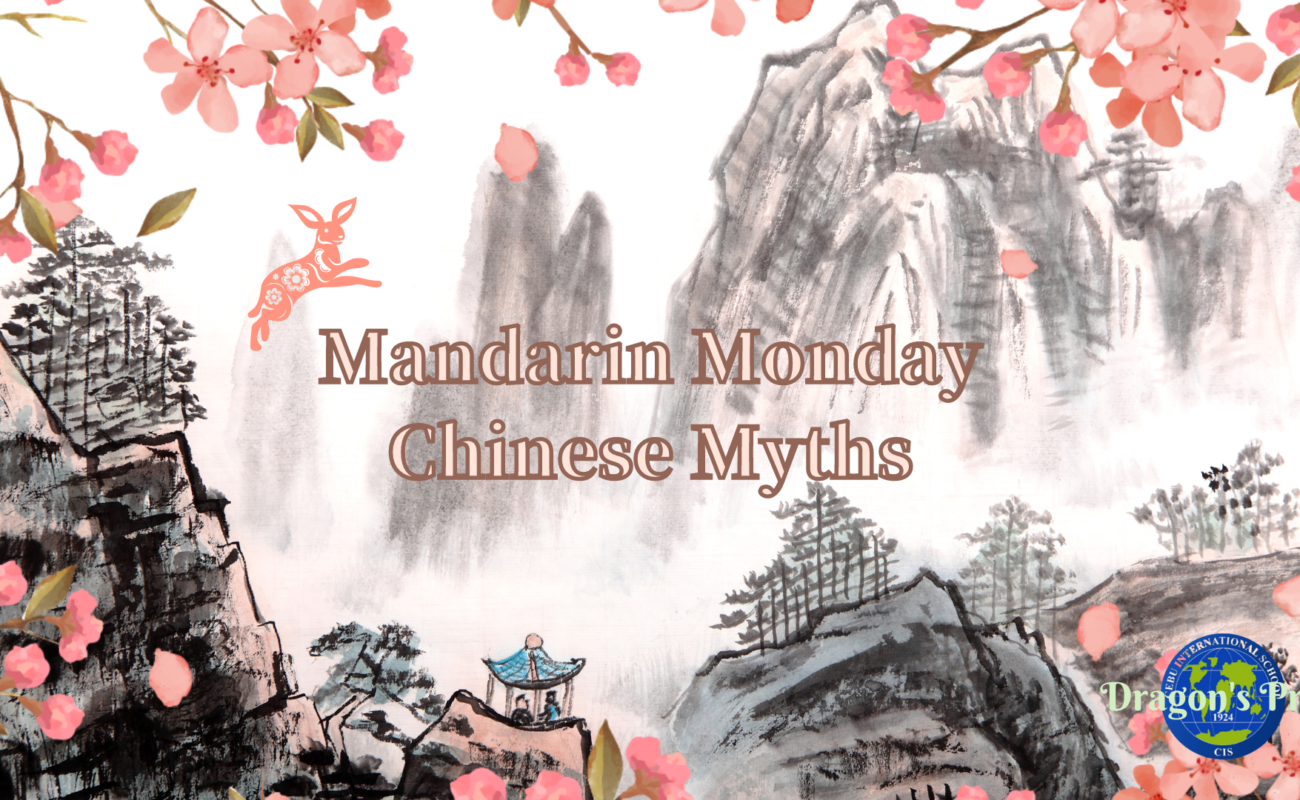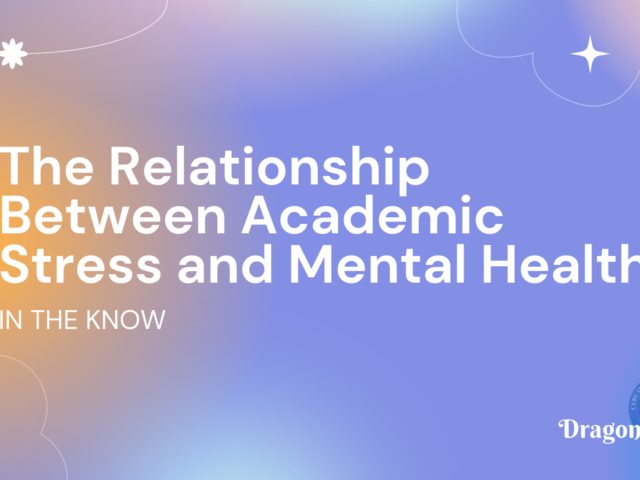Dragons, monsters, snakes, and many more creatures are contained in Chinese mythological stories of the past. Dating back to around the twelfth century BCE, these folktales depict particular creation myths and legends, and stories concerning the founding of Chinese culture and the Chinese state. Nonetheless, this article will specifically focus on the few fantastical mythological creatures featured in myths carried on from generation to generation.
The Jade Rabbit:
(“File:Sun Wukong and Jade Rabbit.jpg – Wikimedia Commons,” 2022)
Cute and fluffy, the Jade Rabbit is no ordinary bunny. It has become a cultural symbol and is typically seen as the tailed companion of the moon goddess, Chang’e. There are many variations of the Jade Rabbit’s legend; however, it is most famously known for its selflessness, piety, and sacrifice seen in one ancient Buddhist story.
In the tale, The Jade Emperor disguised himself as a poor, starving old man and begged for food from a monkey, otter, jackal, and rabbit. The monkey gathered fruit from the trees, and the otter gathered fish from the river. Meanwhile, the jackal stole a lizard and a pot of milk curds. The rabbit, however, could only gather grass. Knowing well enough that grass can’t be offered as food to humans, the rabbit decided to offer its own body, sacrificing itself in the fire the man had started. Somehow, though, the rabbit wasn’t burned, instead, the old man suddenly revealed himself to be the great Jade Emperor who was touched deeply by the rabbit’s selfless sacrifice. Thus, he sent it to the moon to become the immortal Jade Rabbit.
The Guardian Lions:
(“HD Wallpaper: Two Brown Chinese Guardian Lions Figures on Table Top, Ancient | Wallpaper Flare,” 2020)
The Chinese Guardian Lions have mystical protective powers and can be found in front of places such as temples, palaces, and even homes. These lions typically come in pairs with one male lion holding a ball that represents the material elements of the world under his paw. Meanwhile, the second female lion has a cub representing the element of spirit and nurture. Nowadays, the guardian lions are even used on an international basis as guardian figures of a multitude of areas.
Nian
(“Chinese New Year Story, Legend of Monster Nian,” 2018)
Here we have a ferocious monster of the ancient Chinese legends that actually explains many of the existing customs and activities of Chinese New Year. With sharp teeth and horns, “Nian” secluded itself in the dark sea for a long time and only came ashore by the end of the lunar year to hunt people and livestock. Therefore, every New Year’s Eve the villagers would escape to the remote mountains to avoid Nian’s attacks. One New Year’s Eve, a strange old man came to the village but the villagers did nothing to welcome him as they were terrified of the monster’s incoming wrath.
However, a granny from the east of the village came to the old man and gave him some food. She repeated the terror of the Monster Nian and persuaded him to flee with the others. Nevertheless, the old man kept cool, calm, and collected, and requested to stay one night in the old woman’s house, to expel the beast of prey as a reward. The granny, though, still wasn’t convinced and ran away to escape to the mountain alone.
Midnight approached, and as the monster entered the village, it noticed a subtle change in the village’s atmosphere. The village was completely dark, but at that time, the house in the east was glowing. Approaching the house slowly, it found all the doors and windows pasted with red papers and many candles lit inside the house. The beast trembled and squalled, glaring at all strange things. Caught by rage and irritation, it swooped to the front door. At that very moment, a loud cracking sound burst in the courtyard, daunting Nian not to dare come closer. The front door was opened in a flash, and the old man came out in a red gown, roaring with laughter. The Monster Nian was gravely frightened, fleeting through the dark night.
The next day, the villagers came back to their village surprised at how their homes were left completely undamaged, but with red papers on their doors and windows, candles in the house, and the unburnt bamboo in the courtyard. Hence, on every New Year’s Eve, people would paste red spring couplets, light candles, burn bamboo, and later set off fireworks to ward off all the evil spirits. This story explains how traditions were made and how red became such a famous and symbolic color to represent and celebrate Chinese New Year for years to come.
Overall, these are just a few of the fascinating creatures present in Chinese mythology that have greatly influenced Chinese culture and even international culture in society today.
Article by Sean K. and Feature Image by Chewon Y. (G12)
The views expressed in this article represent the personal views of the author and should not be taken to represent the views of Dragon’s Print and Cebu International School.
References:
- Chinese mythology – New World Encyclopedia. (2017). Retrieved October 9, 2022, from Newworldencyclopedia.org website: https://www.newworldencyclopedia.org/entry/chinese_mythology
- Chinese New Year Story, Legend of Monster Nian. (2018). Retrieved October 9, 2022, from Travelchinaguide.com website: https://www.travelchinaguide.com/essential/holidays/new-year/story.htm
- File:Sun Wukong and Jade Rabbit.jpg – Wikimedia Commons. (2022). Retrieved October 9, 2022, from Wikimedia.org website: https://commons.wikimedia.org/wiki/File:Sun_Wukong_and_Jade_Rabbit.jpg
- HD wallpaper: Two Brown Chinese Guardian Lions Figures on Table Top, ancient | Wallpaper Flare. (2020). Retrieved October 9, 2022, from Wallpaperflare.com website: https://www.wallpaperflare.com/two-brown-chinese-guardian-lions-figures-on-table-top-ancient-wallpaper-aeybq




Leave a Reply